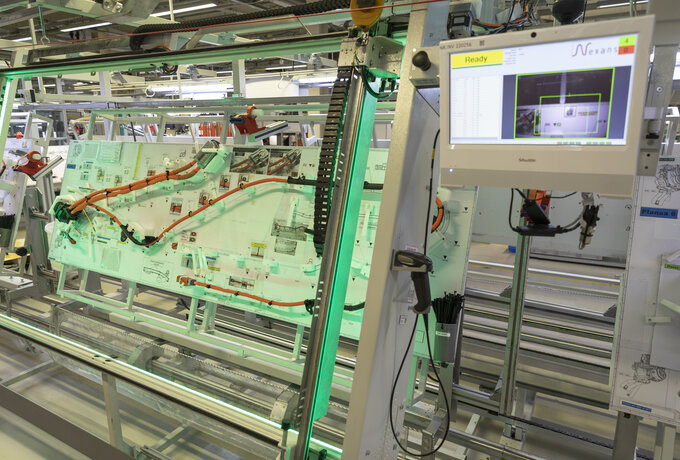
FUNCTIONAL SAFETY
SAFETY-RELEVANT VEHICLE ELECTRICAL SYSTEMS – WHEN IT MATTERS
Safety-relevant vehicle electrical systems connect essential vehicle components and ensure a stable power and data supply at the same time so that safety-critical functions operate correctly at all times.
Reliable assistance systems and autonomous driving functions require an error-free vehicle electrical system to function. Vehicle manufacturers therefore systematically evaluate safety-relevant risks and define clear safety targets.
Nexans autoelectric develops these vehicle electrical systems in accordance with ISO 26262, the highest standard for functional safety. With precise analyses and a clear safety strategy, we guarantee a high level of reliability and support safe integration into modern vehicle architectures.
“Our practiced knowledge and competence management, as well as the continuous improvement of our processes and development systems, make a significant contribution to the safety culture within our organization.”
Dietmar Völkl
Safety-oriented Development According to ISO 26262 – the Standard for Functional Safety
Functional safety requires consistent standards. Our vehicle electrical systems are developed and tested according to ISO 26262. This internationally recognized standard ensures that safety-critical functions – from headlights to autonomous driving – work reliably. Our safety managers and engineers ensure that every step of the development process meets the highest safety requirements.
In autonomous driving, all critical systems such as brakes or steering must function reliably at all times. This is why we rely on dual protection that operates independently and does not interfere with each other.
This redundant safety structure ensures that essential functions are maintained at all times – for maximum operational safety.
Redundant Systems for Maximum Reliability
Safety Through Innovation and Teamwork
Functional safety is teamwork. Our safety managers, development teams, and independent assessors work hand in hand to develop vehicle electrical systems that comply with the latest safety standards. Analyses, reviews, and structured testing procedures are essential. We rely on continuous qualification: Regular training and a lived safety culture help to keep our team up to date. Expertise and collaboration are the foundation of safe mobility.


